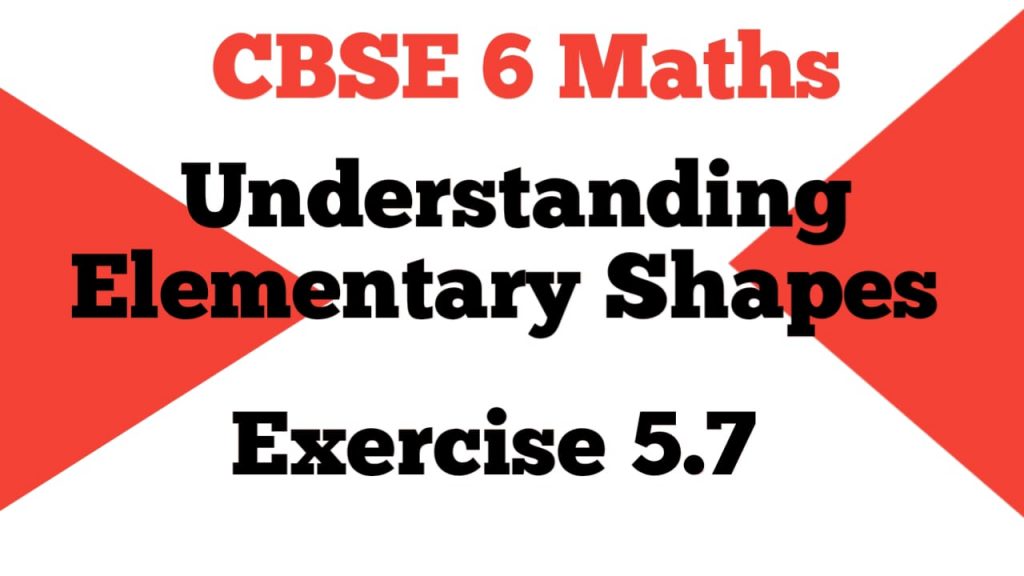Understanding Elementary Shapes
Exercise 5.7
Questions with (*) sign are open-ended questions.
1). Say True or False.
(a). Each angle of a rectangle is a right angle.
(b). The opposite sides of a rectangle are equal in length.
(c). The diagonals of a square are perpendicular to one another.
(d). All the sides of a rhombus are of equal length.
(e). All the sides of a parallelogram are of equal length.
(f). The opposite sides of a trapezium are parallel.
Answers:
(a). Each angle of a rectangle is a right angle.
True.
(b). The opposite sides of a rectangle are equal in length.
True.
(c). The diagonals of a square are perpendicular to one another.
True.
(d). All the sides of a rhombus are of equal length.
True.
(e). All the sides of a parallelogram are of equal length.
False.
(f). The opposite sides of a trapezium are parallel.
False.
2). Give reasons for the following:
(a). A square can be thought of as a special rectangle.
If all the sides of a rectangle are congruent then it becomes square.
(b). A rectangle can be thought of as a special parallelogram.
If each angle of a parallelogram is a right angle then it becomes a rectangle.
(c). A square can be thought of as a special rhombus.
If each angle of a rhombus is a right angle then it is square.
(d). Squares, rectangles, parallelograms are all quadrilateral.
All these are closed polygons made up of four sides.
(e). Square is also a parallelogram.
The opposite sides of a square are parallel to each other, therefore, it is also a square.
3). A figure is said to be regular if its sides are equal in length and angles are equal in measure. Can you identify the regular quadrilateral?
A square is a regular polygon.
Click here for the solutions of
![]()
